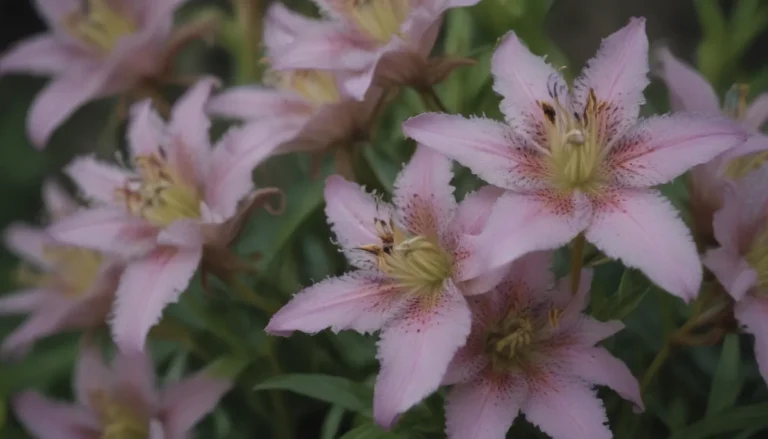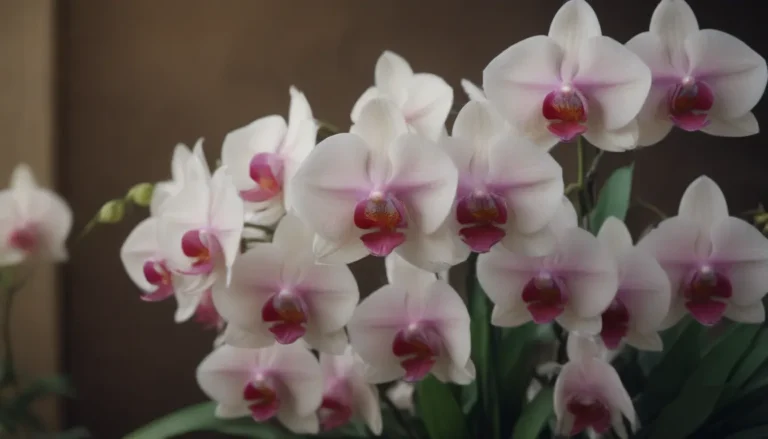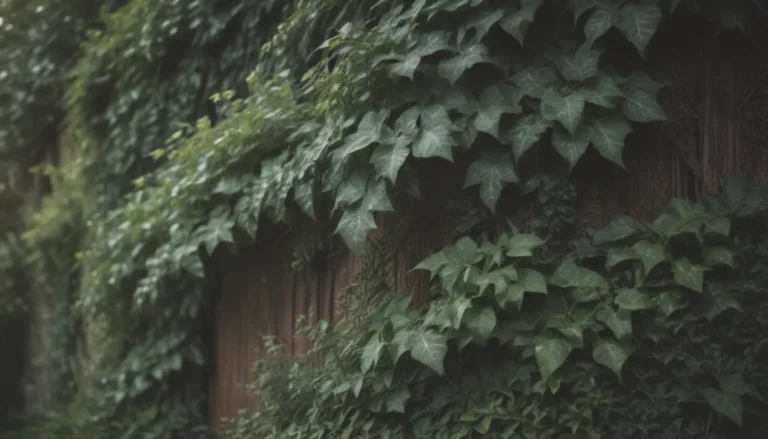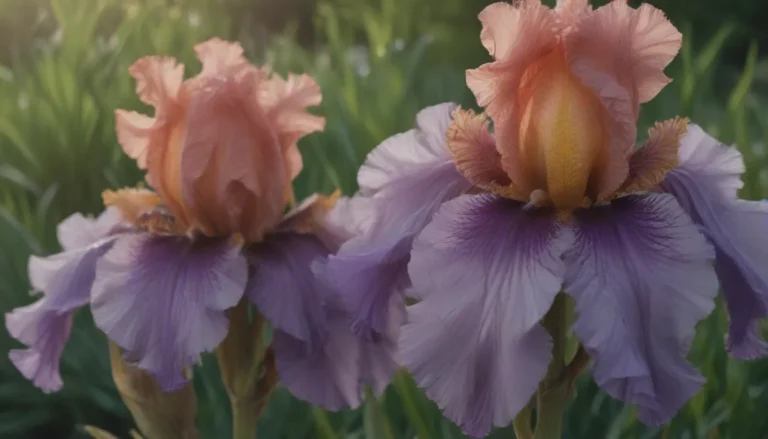The Ultimate Guide to Growing and Caring for Jack-in-the-Pulpit (Bog Onion)
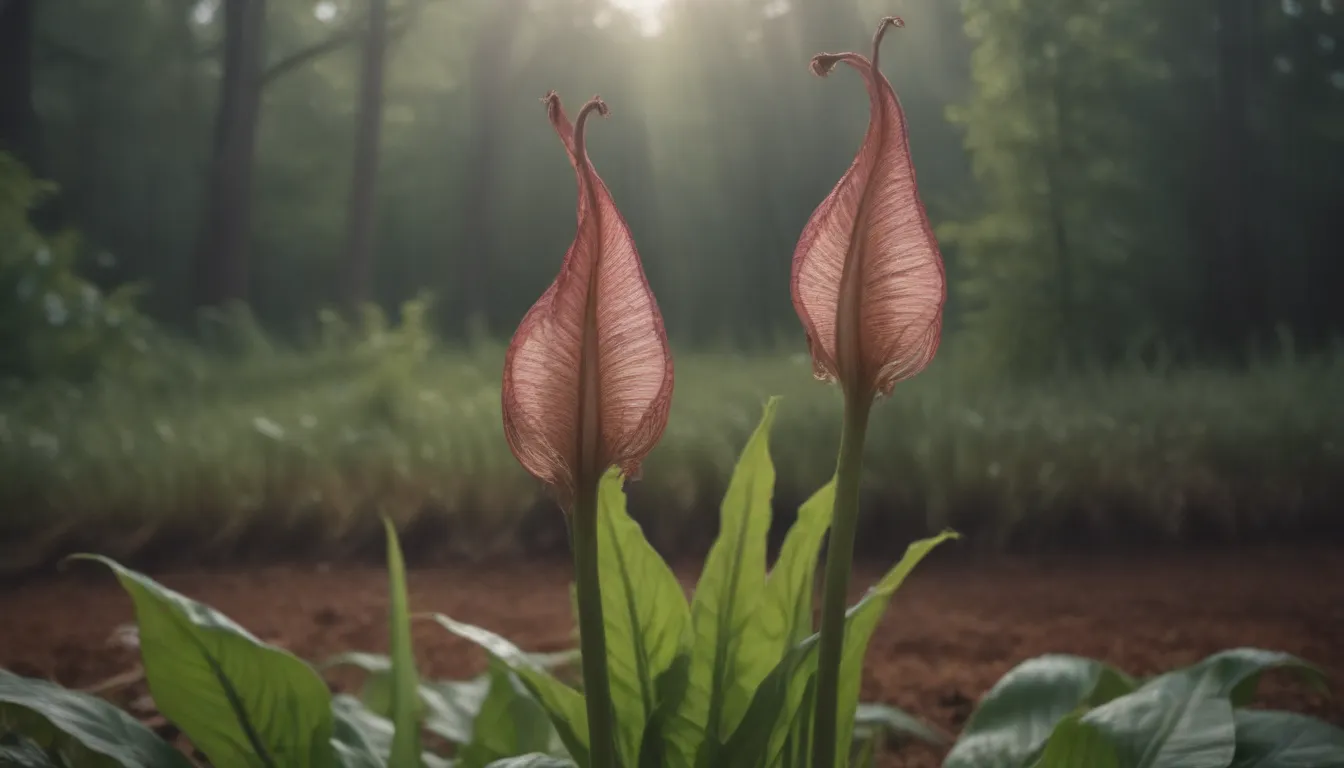
Are you a native plant enthusiast in the eastern United States looking for an interesting addition to your garden? Look no further than the Jack-in-the-Pulpit (Arisaema triphyllum). This unique plant is not only easy to grow but also captivating for both children and those young at heart. Its fairyland appearance makes it a standout choice for any shade garden.
What Makes Jack-in-the-Pulpit Special
The Jack-in-the-Pulpit plant is known for its unusual “flower” structure. The inner spadix, referred to as “Jack,” holds the actual flowers and is surrounded by a modified leaf structure that forms a hooded spathe (the pulpit). This spathe is what catches the eye, especially when it is striped or tinged with purple in the spring. As fall approaches, mature plants may produce clusters of showy red berries, adding a vibrant touch to your garden.
It’s important to note that Jack-in-the-Pulpit is a slow-growing perennial typically planted from corm-like roots in the fall or potted nursery plants in the spring. However, caution is advised as the plant contains oxalate crystals and is highly toxic if consumed by people or animals.
Jack-in-the-Pulpit Care Guide
Taking care of Jack-in-the-Pulpit is relatively straightforward if you provide the right conditions. Here’s a detailed guide on how to care for this fascinating plant:
Light
- Jack-in-the-Pulpit thrives in shaded areas and can even grow well in deep shade.
- Avoid placing it in direct sunlight to prevent any damage to the plant.
Soil
- These plants do not require exceptional drainage and can tolerate boggy soils.
- Mimic their natural habitat by planting them in damp, acidic soil rich in organic matter.
Water
- Maintain evenly moist soil to keep your Jack-in-the-Pulpit healthy and thriving.
Temperature and Humidity
- These plants are hardy in zones 4a to 9a and prefer damp, humid conditions.
- Create a moist, boggy environment—hence the common name “bog onion.”
Fertilizer
- Compost is usually sufficient, but you can use an acidifying fertilizer if needed to adjust soil pH.
- Ensure the soil remains in the acidic range that these plants prefer.
Types of Jack-in-the-Pulpit
While there may be different subspecies of Jack-in-the-Pulpit, the distinctions are typically minor. Gardeners often do not need to worry about specific types, as they all offer similar qualities. Some other species in the genus, like cobra lilies, may resemble Jack-in-the-Pulpit but are distinct plants, such as:
- Arisaema consanguineum
- Arisaema saxatile
- Arisaema griffithii
Propagating and Growing Jack-in-the-Pulpit
Propagation
One of the quickest ways to propagate Jack-in-the-Pulpit is by splitting off cormlets that form alongside the parent roots. Here’s how:
1. Carefully separate the cormlets from the main plant.
2. Plant the cormlets in a suitable location where they can thrive.
Growing from Seed
- Jack-in-the-Pulpit seeds require cold stratification to germinate.
- Keep the seeds in damp sphagnum moss in the refrigerator for at least 60 days before planting.
- Germination typically takes two to three weeks, and seedlings should be grown in flats for two years before transplanting.
Overwintering and Common Pests
- Jack-in-the-Pulpit is hardy in zones 4a to 9a and does not require additional protection during winter.
- Be cautious of slugs, a common pest for this plant. Use beer traps to deter them from your garden.
Troubleshooting Blooming Issues
If your Jack-in-the-Pulpit plants are not blooming, consider these factors:
– Too much sun can hinder flowering.
– Barren, dry soil may also prevent the plant from reaching its full blooming potential.
Common Problems and Solutions
The most common issues with Jack-in-the-Pulpit stem from inadequate moisture. Ensure the plant receives consistent watering to avoid dormancy. Here are some tips for keeping your Jack-in-the-Pulpit thriving:
– Maintain proper soil moisture by mulching around the plants.
– Avoid dry conditions and create a damp environment similar to their natural habitat.
Planting Ideas and Companion Plants
Enhance your shade garden by pairing Jack-in-the-Pulpit with compatible companion plants like:
– Impatiens walleriana
– Bleeding heart
– Solomon’s seal
– Wild ginger
– Shade-loving viburnum shrubs
In ideal conditions, Jack-in-the-Pulpit will expand and fill shady spaces, creating a visually stunning display. Regular division every four to five years can help maintain the plant’s vigor and longevity.
In Conclusion
Jack-in-the-Pulpit is a charming and unique plant that can bring a touch of magic to any shade garden. By following these care tips and guidelines, you can successfully grow and enjoy the beauty of this fascinating species. Whether you’re a seasoned gardener or a beginner, adding Jack-in-the-Pulpit to your garden is sure to delight both you and anyone who encounters its enchanting presence.
